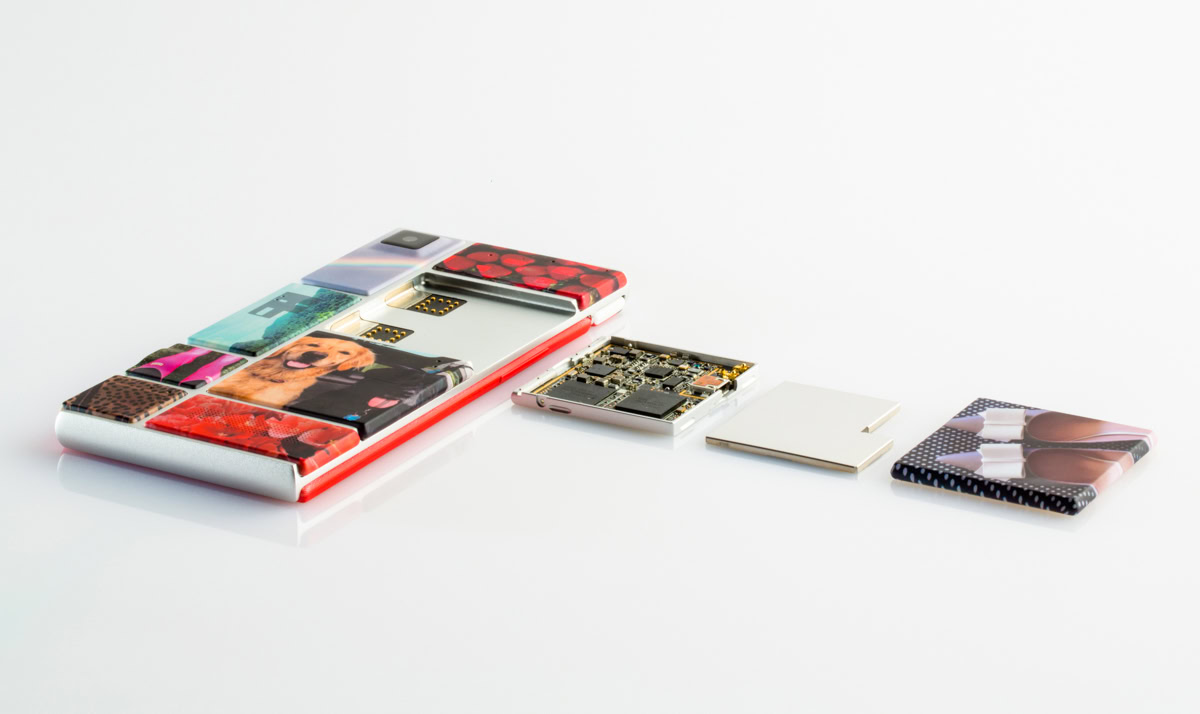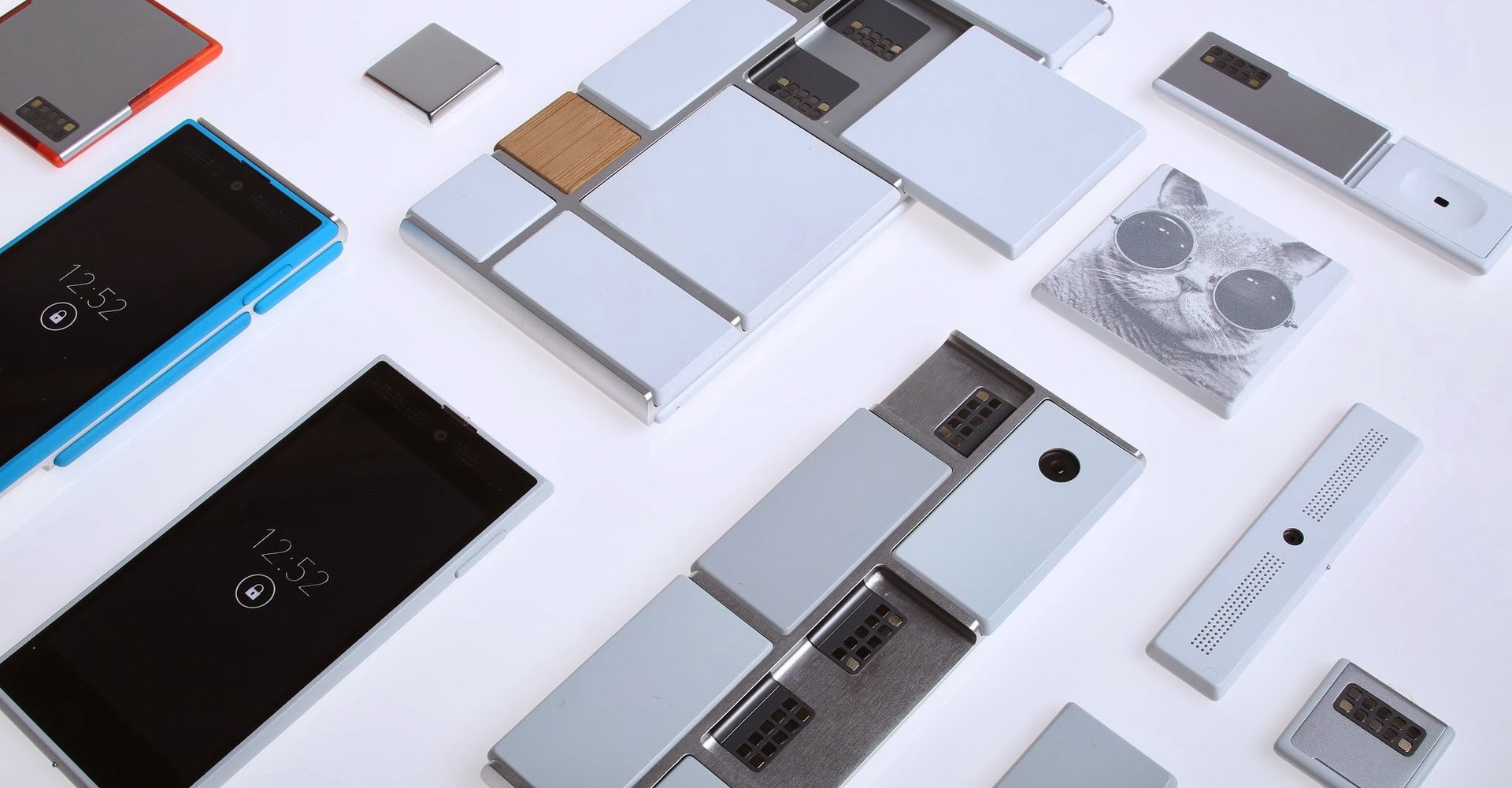Affiliate links on Android Authority may earn us a commission. Learn more.
Project Ara killing electropermanent magnets that hold device together (Update: Google clarifies)

Update: Google has since clarified that the “Failed the droptest” hashtag was a joke. Google really is reworking the magnets, but not because they were necessarily falling apart. Apparently they just felt the process (along with other components like the camera) weren’t quite ready for primetime and wanted to improve them before a commercial launch. Here’s the official tweet:
BTW #FailedTheDropTest was a joke. Didn't fail. We have been configuring a new solution. It's better too. #WorkingOnOurHumor— Project Ara (@ProjectAra) August 20, 2015
This week’s news on Project Ara were far from jolly. It’s never good to hear an awesome product has been delayed, but it’s even worse to learn the hesitation will be elongated for a whole year. Google’s modular phone isn’t expected to launch until 2016!
So what’s the problem with Project Ara? Google isn’t being specific on whatever issues they may be facing, but we may be getting a clue from today’s tweet, coming from the team’s official account. The social network publishing states the company is dropping (both literally and figuratively) electropermanent magnets. These are the parts that hold the modules and skeleton together. The tweet states the use of these magnets failed drop tests, so they are moving on to other techniques.
No more electropermanent magnets. #ProjectAra #FailedTheDropTest— Project Ara (@ProjectAra) August 19, 2015
Though we saw the phone being assembled and functioning fully on stage, last May, it seems the mechanism just isn’t strong enough. This update doesn’t divulge much else, but we can assume that in order to make the contraption more solid, some convenience will have to be sacrificed. Switching modules will likely no longer be as simple as pulling off the piece at hand. It’s hard to assume, as the Project Ara team doesn’t give us much to speculate upon. We don’t even know what the exact shortcoming on these magnets were!
We will have to wait more to learn about Google’s plans on Project Ara. Here’s to hoping more details emerge before 2016, but at this rate we are beginning to think long waits are to come. Was Project Ara simply too much of an ambitious project?
